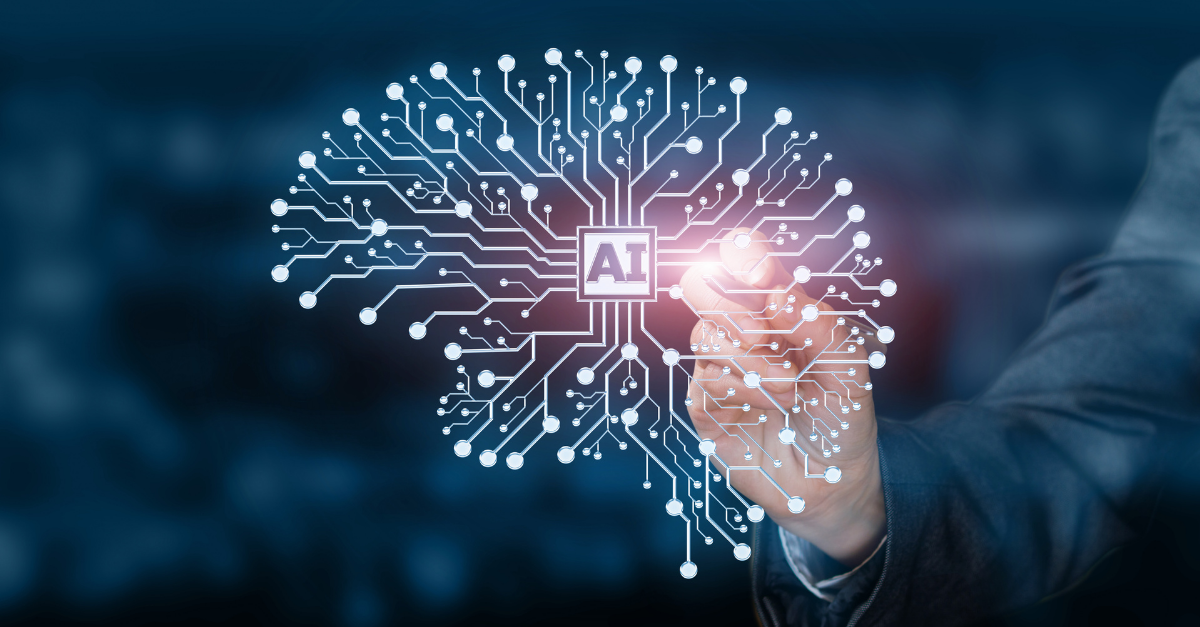Over the past few years, we’ve all heard about Artificial Intelligence. Nowadays, We may read about it in the newspapers, hear about it at the bar or find it written on a brochure as a marketing lever.
If the diffusion of the expression “artificial intelligence” has grown exponentially, the same cannot be said about the awareness of its real meaning and applications.
Artificial intelligence, what’s intelligent about it?
To make things clear, let’s start by saying that one of the two terms is misused. “Intelligence,” in fact, is not the appropriate term. It should be replaced with an expression such as “ability to perform complex calculations on large amounts of data to arrive at a certain result.” Now it is clear why using intelligence is simpler. The result may suggest that there is reasoning, intelligence, behind it, but that is only because of the complexity of the processes and actions that are performed.
The clarification, however, must be made. When we talk about artificial intelligence we refer in any case to circuits, to software, that if badly set up and guided by man, will not be able to call upon “intelligence” to produce satisfactory results. These algorithms are in some cases able to adapt to the data they are processing, refining their output based on new information. It is in this case that we talk about machine learning.
Artificial intelligence, why to use it in businness?
Having said that, artificial intelligence represents in a good percentage of cases a winning approach to solve problems of different nature. In particular, using artificial intelligence represents an added value when:
- the amount of data to be analyzed is too large to be processed through traditional methods (statistical software, spreadsheets …) – in this case, AI is not a choice, but a necessity.
- the structure of the data to be analyzed lends itself to such a study. Often in fact, if they can be used, AI algorithms lead to better results than other simpler ones and in addition, thanks to the concept of learning seen before, they can adapt to sudden changes in the data and offer results always adequate to the new scenario.
According to a widely shared classification, AI algorithms can be divided into three macro-families:
- supervised algorithms: when the available information already contains examples of results (so they can already be divided into input and output). Therefore, the algorithm performs the function of understanding the pattern that connects inputs to outputs and then adequately “predicts” future cases.
- unsupervised algorithms: unlike the first, in this case, there are no examples of output. The role of the algorithm is therefore to identify the best solution to the problem with only the input data: it is the typical case of segmentation problems.
- algorithms with learning by reinforcement: in this case, the algorithm interacts with the environment in which it is located and, depending on its actions, receives rewards or penalties and “understands” better and better than how to act in the future.
Artificial intelligence, how to evaluate the performance?
To understand the goodness of the results of an AI algorithm, there are several indicators, some very technical and others less so and specific to each type of algorithm, which allow evaluating the ability of the algorithm to find a solution to the problem submitted.
It is therefore useful, starting from the definition of the problem to be solved, to rely on experts who know how to identify the best way to follow without wasting time with useless implementations. Developing these algorithms often does not take much time, the most are to understand which family of methods to use and then try. Some trial and error are usually necessary, even for experts who can identify the best performing algorithm through incremental improvements in the approach.
Artificial intelligence, overfitting
A final point to make is that AI algorithms very often provide probabilistic results, i.e., of the type “the result is 97% A”. This must be considered when choosing an approach. There are no equations, but results that are the result of a learning process that can be right or wrong. A good approach errs the right amount, i.e. little, but sometimes errs. Does this statement seem strange to you? An AI algorithm that never gets it wrong is a nice wake-up call:
- The problem is too simple and less challenging approaches can be used
- The algorithm ended up in a case of “overfitting”, i.e. where the learning process has adapted too much to the input data and struggles to give a good result with new data – in this case, the algorithm is ineffective and you need to review what was designed and developed.
At Premoneo we support our clients in identifying the best technological solution to meet their business needs, developing ad hoc software and supporting them throughout their digital innovation journey.


